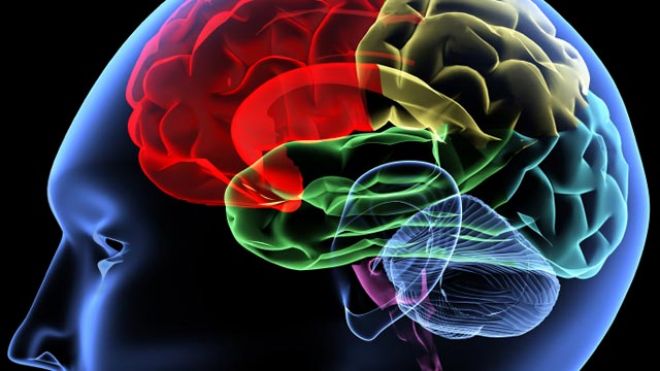Pesticide exposure tied to Parkinson’s disease
Need another good reason to go organic? According to data published in the journal Neurology, exposure to weed killer, solvents and pesticides increases people’s risk for Parkinson’s disease by 33 to 80 percent, Medical Daily reported. Researchers collected data from 104 studies from around the world to analyze how pesticides, insecticides, weed killers, and many other agricultural chemicals influenced an individual’s risk for Parkinson’s disease. Though researchers found links between many chemicals and Parkinson’s, they found no link between Parkinson’s and the chemical dichlorodiphenyltrichloroethane (DDT), which has been banned in the United States for decades, Medical Daily reported. However, people who were exposed to the weed killer paraquat or the fungicides maneb and mancozeb had a two-fold greater risk for contracting the disease. Additionally, researchers showed a direct link between the length of time people were exposed to pesticides and their likelihood of contracting Parkinson’s. The data also indicated that agricultural workers had a 33 percent higher risk of developing Parkinson’s disease than people who didn’t work in agriculture.  The study did not distinguish between people who came in contact with pesticides through their skin or through breathing the chemicals. Parkinson's disease is a neurological condition, characterized by a decrease of the brain’s ability to produce the neurotransmitter dopamine, which ultimately leads to tremors and a decrease in motor control.  Treatment options for Parkinson’s patients are limited. Click for more from Medical Daily.source : http://www.foxnews.com/health/2013/05/28/pesticide-exposure-tied-to-parkinsons-disease/








